|
|
|
Editor's note
|
|
School holidays are here again and if you’re looking for ways to keep smart kids engaged and happy, Imagine This has got you covered.
A co-production between ABC KIDS listen and The Conversation, Imagine This is a podcast aimed at kids aged 4-7 — but really it's a delight for humans of any age.
Based on The Conversation’s Curious Kids series, each episode features host Brianna Peterson going on an audio adventure to find answers from experts on important kid questions like: How do we smell? Why do birds sing? And why do volcanoes erupt?
Season Three of Imagine This launched this week, with an episode on where dreams come from (and you can read the accompanying article here), and a new episode will be released every Wednesday.
You can find Imagine This in your podcast app, and read all our Curious Kids articles over here. Happy listening, happy reading and happy holidays.
|
Sunanda Creagh
Head of Digital Storytelling
|

|
|
🐅🐈🐕
|
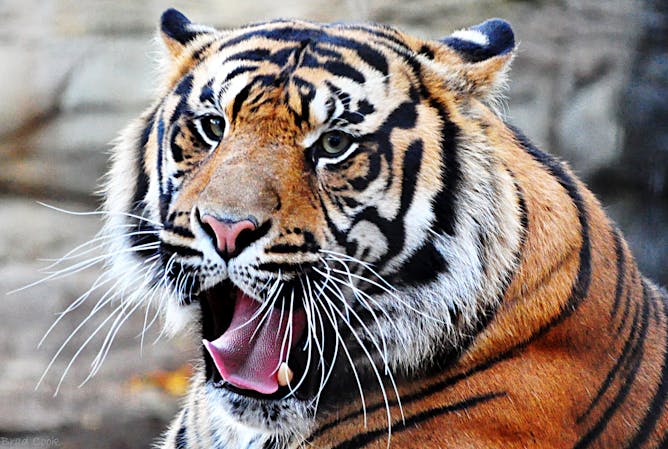
Tigers have whisker hairs even on their front legs and chin!
thedigme/flickr
Alexander Richard Braczkowski, The University of Queensland
Whiskers are not just ordinary hairs. They are thicker and go deeper into the tiger's skin and send messages to its brain about what is happening in the world around it.
|
|
|
-
Paul McGreevy, University of Sydney
Travel can come with danger, so dogs have mostly evolved to avoid being over-adventurous. That said, dogs may see some kinds of travel as a chance to find things they want -- like food or a mate.
-
Quixi Sonntag, University of Pretoria
When it comes to their own "voices", studies show that cats and dogs use different vocal signals to communicate different messages.
|
|
👂👃👀
|
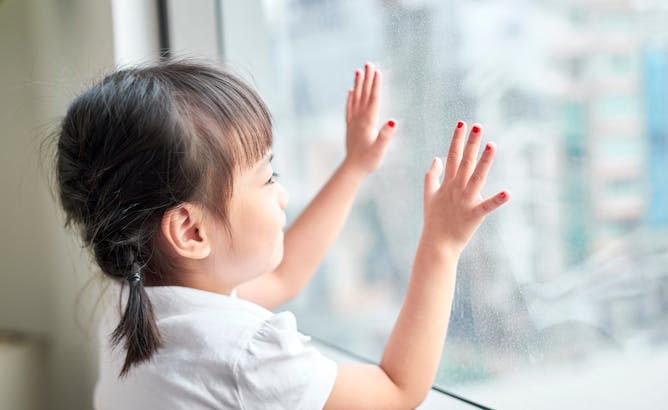
Nails help us scratch an itch, but also pick up tiny things.
Shutterstock
Amanda Meyer, University of Western Australia
The short answer is we have evolved to have nails because they help us pick things up (like food) and pick things off (like bugs).
|
|
|
-
David Farmer, Florey Institute of Neuroscience and Mental Health
The brain itself can’t actually feel pain. It can't sense damage to itself the way your finger can. We know this because people can have brain surgery while they are totally awake.
-
Vincent Ho, Western Sydney University
Your stomach works very hard with some other body parts to break down food into small pieces. Your body takes in what it needs and the rest is turned into poo.
-
David Farmer, Florey Institute of Neuroscience and Mental Health
An adult brain weighs about 1.5kg. It's mostly water with some fat, protein, sugar and a dash of salt. Sounds like pancakes, I know, but I once tried chicken brains and, well, pancakes are tastier.
-
Paulomi (Polly) Burey, University of Southern Queensland; Ursula Kennedy, University of Southern Queensland
Your tongue, saliva and nose work together to help you taste your food.
|
|
💫🌙☄
|
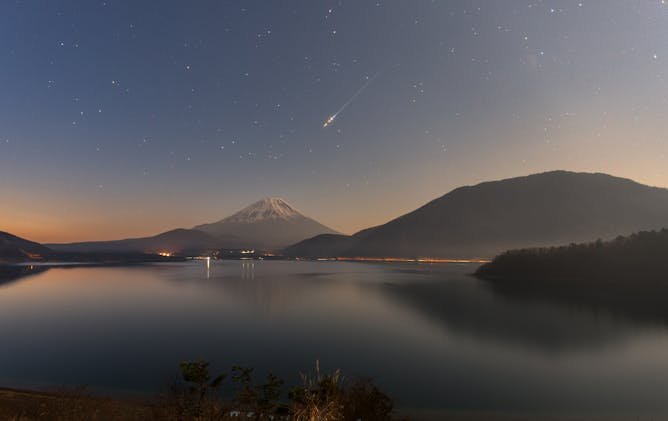
Make a wish!
Shuttershock
Lisa Harvey-Smith, UNSW
Shooting stars are not stars at all. They are tiny space adventurers who accidentally wander into our sky and get sucked toward us by Earth's gravity. Here's the story of a shooting star's journey.
|
|
|
-
Paul O'Mahoney, University of Dundee
The northern lights might look like magic, but they can actually be explained by science – here's how.
-
Nathan Case, Lancaster University
There are three ways heat can be shared: conduction, convection and radiation. Find out which one lets heat travel through space.
-
Jacco van Loon, Keele University
Meteorites might look like boring bits of rock – but each one has a fascinating story.
|
|
🌊🐟🐚
|

A few days after baby molluscs come out from tiny eggs, they start building their shell layer after layer.
Emily Nunnell/The Conversation NY-BD-CC
Aurelie Moya, James Cook University
Molluscs that have shells - like pipis, clams and oysters - have to build their own shell from scratch. And they keep building it their whole life, using chemicals from the sea and their own bodies.
|
|
|
-
Claire Lacey, University of St Andrews
The pressure in the deepest part of the ocean can be 1,000 times greater than the pressure we experience at sea level – but creatures that live and visit there have some very special features.
-
Chris Blenkinsopp, University of Bath
It's good to know how currents are formed in the ocean, as they can be quite dangerous!
|
|
| |
Featured jobs
|

|
Curtin University — Bentley, Western Australia
|

|
University of Melbourne — Parkville, Victoria
|

|
RMIT University — Melbourne, Victoria
|

|
University of Cape Town — Cape Town, Western Cape
|
|
|
|
Featured events
|
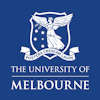
|
Melbourne University, Melbourne, Victoria, 3006, Australia — University of Melbourne
|

|
The University of Sydney, Sydney, New South Wales, 2006, Australia — University of Sydney
|
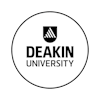
|
Deakin Downtown, Tower 2 Level 12, 727 Collins St, Melbourne, Victoria, 3008, Australia — Deakin University
|

|
Learning and Teaching building, 19 Ancora Imparo Way, Clayton campus, Monash University, Clayton, Victoria, 3800, Australia — Monash University
|
|
|
|
| |
| |
| |
| |
| |
|
|
|
|
|
|
|